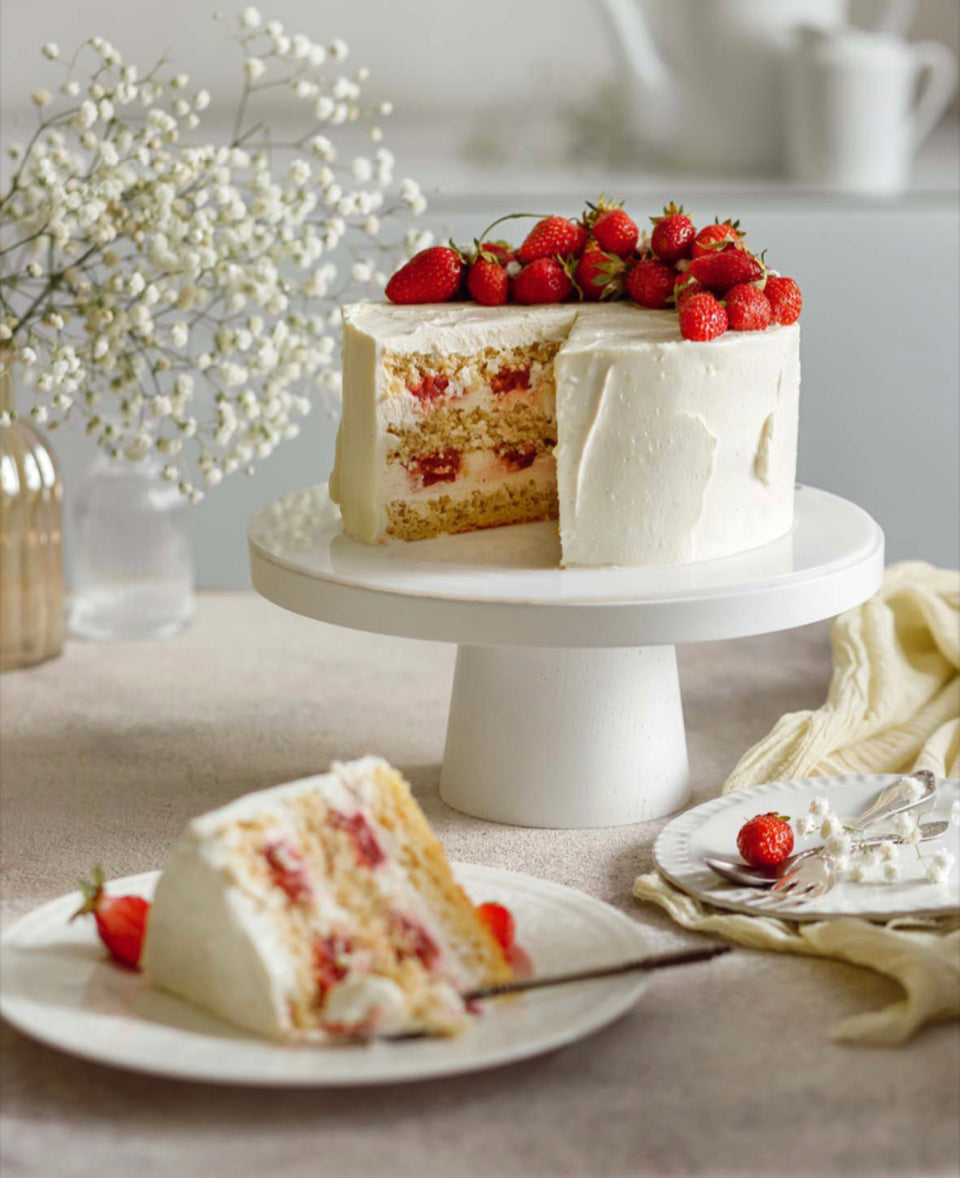Each cake, whether it is very simple or incredibly complex, has the main components that form the overall composition. It is important to understand that the composition is built according to certain rules. You can call it cake architecture.
For example, if there is too much biscuit or cream, there will be no balance of flavors and textures. So in this post I will talk about the inner world of the cake with all its nuances, which, if you follow, your cake will turn out to be balanced and harmonious.
The classic version of the cake
There are 3-4 sponge layers in the cake 1.5-2 cm high. They are being soaked, even if the are not as dry as they seem. And if there is little fat in the cake, impregnation is required 2 times more than usual. For example, as in this Vegan Chocolate Cake, Keto Lemon Cake or Low calorie hazelnut Cake.
Thin crusts.
They can be soft, like in the Chocolate cherry honey cake, or firm, like in Classic Honey Cake. Under the influence of a cream with a high moisture content, the cakes are completely soaked, therefore, additional impregnation is usually not required for such biscuits. Like in this Milk cake. 
For a two-layer biscuit (top and bottom)
In the center of such cakes there is usually a cheese filling or mousse and there may be an additional fruit or chocolate ganache filling. In such cases, the biscuits are the fixing coating and if there is only mousse or cream without biscuit layers, the coating will slip off.

Alternative biscuit
Instead of the usual dough, there can be meringue. For example, as in this Meringue roll cake.

Vertical cakes
The cake is assembled like a roll together with cream and in the cut it turns out to be vertical, as in this Apple cake. 
I hope this information was a bit useful for you to understand different types of cakes structures and in my next blog I will talk about the fillings that I use in my cakes.

